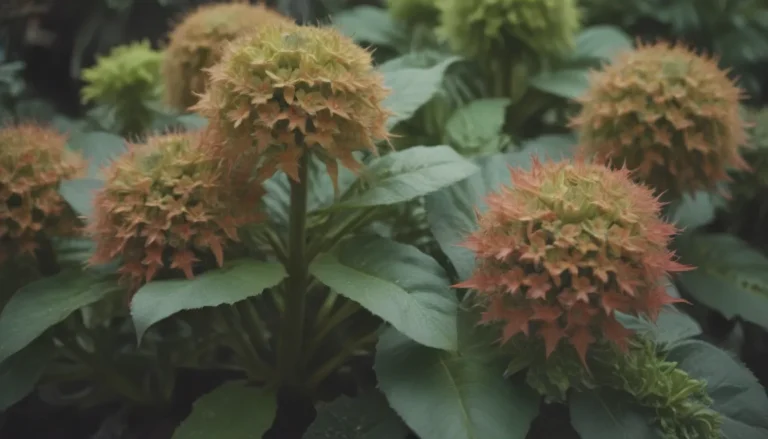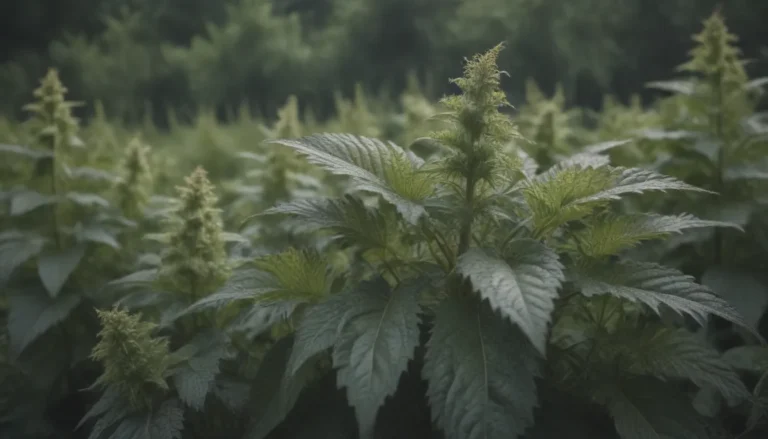Comprehensive Guide on Growing and Caring for Swiss Cheese Plant

If you’ve ever come across a beautiful plant with large, heart-shaped leaves that resemble Swiss cheese, you’ve likely encountered the Swiss cheese plant (Monstera adansonii). Native to Central and South America, this tropical perennial is a popular choice for indoor gardening due to its unique appearance and relatively easy care requirements. In this comprehensive guide, we will explore everything you need to know about growing and caring for the Swiss cheese plant to help you cultivate a thriving indoor garden companion.
Overview of Swiss Cheese Plant
The Swiss cheese plant, also known as Monstera adansonii, is named for its distinctive foliage that develops holes as the plant matures in a process called fenestration. This characteristic gives the leaves a resemblance to the iconic holes found in Swiss cheese. With a fast growth rate and vining habit, the Swiss cheese plant can reach impressive heights of 10 to 13 feet when grown outdoors. However, when cultivated indoors in containers, it typically remains at a more manageable size of 3 to 8 feet.
Swiss cheese plants are commonly grown from young nursery plants and require proper care to thrive. It’s essential to note that all parts of Monstera plants are toxic to pets, so caution should be taken when growing them in households with animals.
Swiss Cheese Plant Care Tips
Light
- Swiss cheese plants thrive in bright but indirect light. Direct sunlight can cause foliage burns, so it’s best to provide filtered light or limit exposure to only two to three hours of morning sun.
Soil
- Choose a peat-based potting mix for Swiss cheese plants. This type of soil helps retain moisture without becoming waterlogged and promotes strong growth. Aim for a soil pH between 5.5 and 7 for optimal plant health.
Water
- Water your Swiss cheese plant when the top inch of soil is dry. Avoid overwatering by allowing the soil to partially dry out between waterings. Ensure the container has proper drainage to prevent waterlogging.
Temperature and Humidity
- Maintain high humidity levels (above 50%) and temperatures ranging from 60°F to 85°F for optimal growth. Placing the plant in a warm, well-lit room free of drafts can create an ideal environment. Consider using a pebble tray or humidifier to increase humidity if needed.
Fertilizer
- Apply a balanced houseplant fertilizer with an N-P-K ratio of 5-2-3 monthly during the growing season (May to September). Allow the plant to establish itself before fertilizing after repotting to avoid stressing the roots.
Staking and Support
- Provide staking support for Swiss cheese plants to prevent them from overgrowing. Wooden, metal, or plastic stakes can be inserted into the pot to help the plant climb and maintain structure.
Types of Swiss Cheese Plant
While Monstera adansonii is the most commonly recognized Swiss cheese plant, several related species share similar characteristics. Some of the other varieties include:
- Monstera deliciosa
- Monstera borsigiana
- Monstera obliqua
- Monstera dubia
- Monstera siltepecana
- Monstera standleyana
- Monstera pinnatipartita
Pruning and Propagating Swiss Cheese Plant
Pruning
- Prune your Swiss cheese plant in spring to control growth and promote health. Use sterile pruning shears to trim back stems by no more than 25 percent. Propagate cuttings to grow new plants from pruned material.
Propagating
- Propagate Swiss cheese plants using stem cuttings. This cost-effective method allows you to expand your plant collection and utilize trimmings from pruning. Spring is the best time for propagation.
Potting and Repotting Tips
Best Kind of Pot
- Select a container with drainage holes for Swiss cheese plants. Hanging baskets or slightly larger pots are ideal for accommodating the plant’s root system. Use a peat-based potting mix and maintain the same planting depth as the nursery container.
When to Repot
- Repot your Swiss cheese plant every two years in fresh potting mix. Look for signs of roots emerging from drainage holes or soil surface as indicators for repotting. Dry soil and restricted growth may also signal the need for repotting.
Common Pests & Plant Diseases
Swiss cheese plants are susceptible to common houseplant pests such as mealybugs, spider mites, scale, and whitefly. Additionally, keep an eye out for diseases like root rot, rust, powdery mildew, and blight. Treat infestations with non-toxic insecticides or neem oil for effective control.
Common Problems and Solutions
- Yellowing Leaves: Caused by overwatering, ensure proper drainage and allow soil to dry between waterings.
- Wrinkled or Curling Leaves: Signs of dry soil, water thoroughly and maintain well-draining soil.
- Black Marks on Leaves: Indicates leaf burn from direct sunlight, protect the plant from intense light exposure.
- Drooping Leaves: Could be a result of both over and underwatering, adjust watering practices accordingly.
- Leaves Falling Off or Not Growing: Lack of sufficient light exposure, provide bright but indirect sunlight for healthy growth.
- Failure to Split Leaves: Insufficient light causes lack of fenestration, gradually increase light exposure to encourage leaf splitting.
Swiss Cheese Plant vs. Monstera: Differentiating the Species
Monstera deliciosa is commonly referred to as the Swiss cheese plant, leading to confusion with Monstera adansonii. While both plants share the same common names, they have distinct leaf shapes and sizes. Always refer to the botanical name for accurate plant identification when in doubt.
In conclusion, the Swiss cheese plant is a captivating and low-maintenance addition to any indoor garden. By following these care tips and guidelines, you can successfully nurture a thriving Monstera adansonii and enjoy its unique beauty in your home. Remember to provide adequate light, water, and support for your plant to flourish and showcase its characteristic fenestrated foliage. Happy gardening!





